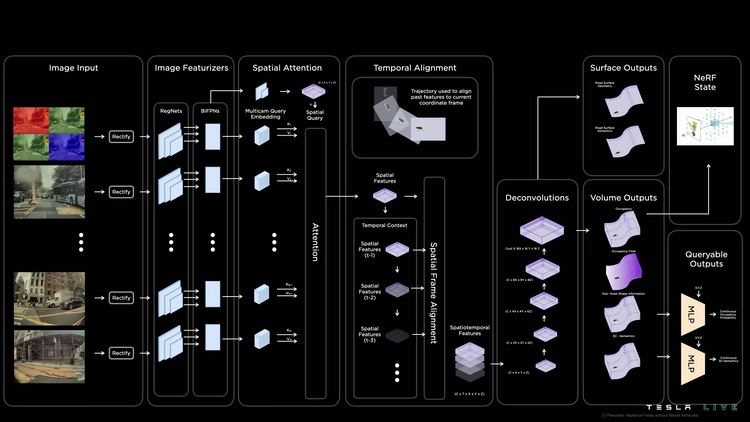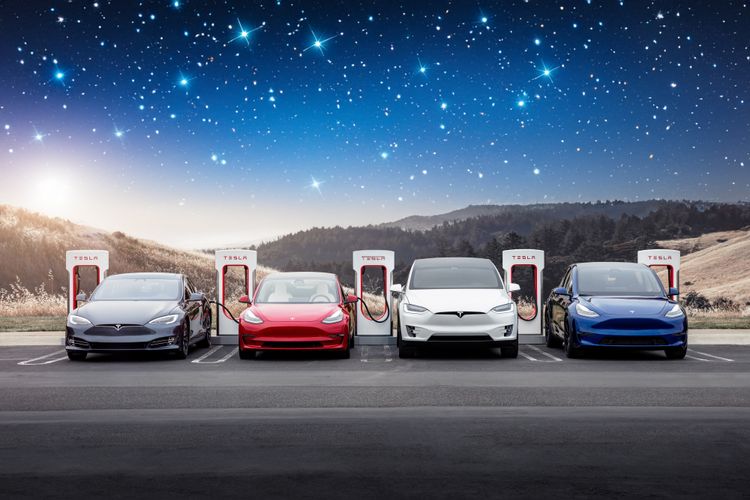Tesla and Shopify: Integration, Modularity, and Value Capture

This is a follow-up on my recent posts on Shopify and Tesla. It occurred to me that there’s an interesting connection worth making between these two companies, and it has to do with their strategic choices around modularity in the case of Shopify and integration in the case of Tesla.
Tren Griffin replied to my post on Twitter and made the connection I should have made: that Tesla’s relentless desire for vertical integration is a way of avoiding what Griffin calls “wholesale transfer pricing”.
The easiest way to understand wholesale transfer pricing is to consider a fancy local restaurant that is inordinately successful. When its lease is up for renewal the landlord, noticing the restaurant’s success, will increase the rent just below the threshold at which the restaurant will consider moving.
The landlord is a supplier of real estate to the restaurant, and Michael Porter calls this the bargaining power of suppliers, whereas John Malone calls it wholesale transfer pricing since the pricing power of the restaurant is being transferred, wholesale, to one of its suppliers.
The way to avoid this situation is to have more than one supplier for a critical resource—impossible in the case of real estate—or to vertically integrate into that resource. In the example Griffin cites, the restaurant decided to vertically integrate and raised money from outside investors so that it could own its real estate rather than rent it and be subjected to wholesale transfer pricing.




